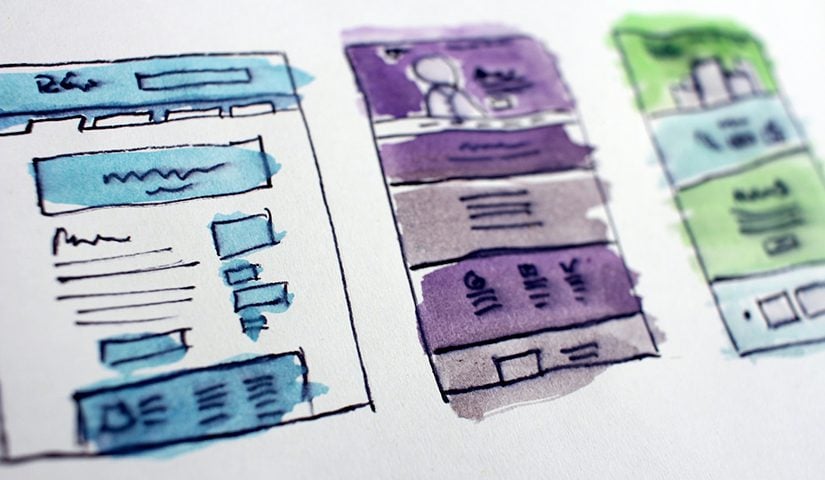College leaders can take a variety of approaches to course design. One method is learning-centered design. This design method focuses on the needs of the students as opposed to a traditional topical approach that focuses on the subject matter itself. To create effective and sustainable courses, designers should apply strategies that lead to successful learner experiences. Therefore, higher educational and K-12 leaders can employ this strategy and others to design effective courses.
Course Design in Teaching
Course design is the process curriculum designers use to create a course, whether it is online or offline. The planning happens before course development — which is the actual building of the curriculum. Therefore, planning for course design includes identifying the target students and defining course topics, objectives, and learning opportunities. Additionally, a design method defines a course’s purpose and how it will be presented to the students and marketed to schools and instructors. Besides that, this method determines how the students are assessed, the technology used, and the resources that might enhance the course.
Learner-Centered Approaches to Course Design
As such, instructional designers can use different approaches. Learner-centered design promotes engagement, progression, and positive learner outcomes. This student-focused approach analyzes the needs of students and considers their constraints on learning, prior knowledge, and unique characteristics.
For instance, an inquiry approach encourages students to ask insightful questions, interpret evidence, and solve problems. However, a gamified methodology spurs interactive learning with simulations, role-playing games, and immersive virtual worlds. Yet, a case-study approach instills critical thinking and problem-solving skills in an active, discussion-filled learning environment. Other learner-centered approaches to course design keep learners’ needs a priority.
Other Methods to Create Effective and Sustainable Course Design
Besides that, college leaders and providers can apply best-practices strategies to create effective, learner-centered courses. Three essential techniques include the following:
1. Create a flexible and consistent design
Therefore, consistency in design is one of the most important elements. Using a uniform layout, color scheme, fonts, ordering, naming conventions, and other elements provide clarity for designing courses. Therefore, students will know what to expect, where to find assignments, and how to look up information.
2. Provide a variety of ways to assess student learning
Moreover, course design should include different assessment approaches to account for individual learning styles. In other words, provide a mix of multiple-choice questions, essays, projects, short answers, games, oral, group discussion, and other assessment techniques. Moreover, instructor feedback should be immediate to optimize student learning.
3. Provide realistic examples
Besides that, course design should include real-world examples that are relatable to students. Thus, leaders can guide their teams to identify and research the needs and characteristics of the target audience and tailor content examples to them.
In summary, learner-centered approaches to course design are the most effective. By applying these strategies, college leaders and K-12 providers can help ensure student engagement and positive learner outcomes.




